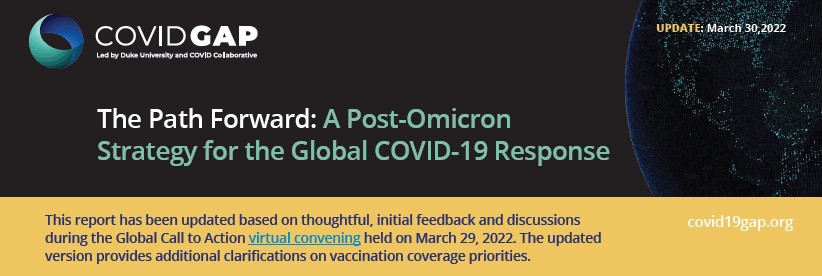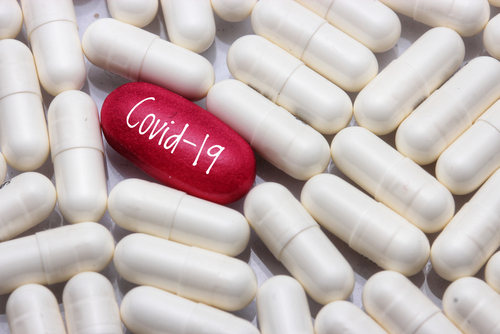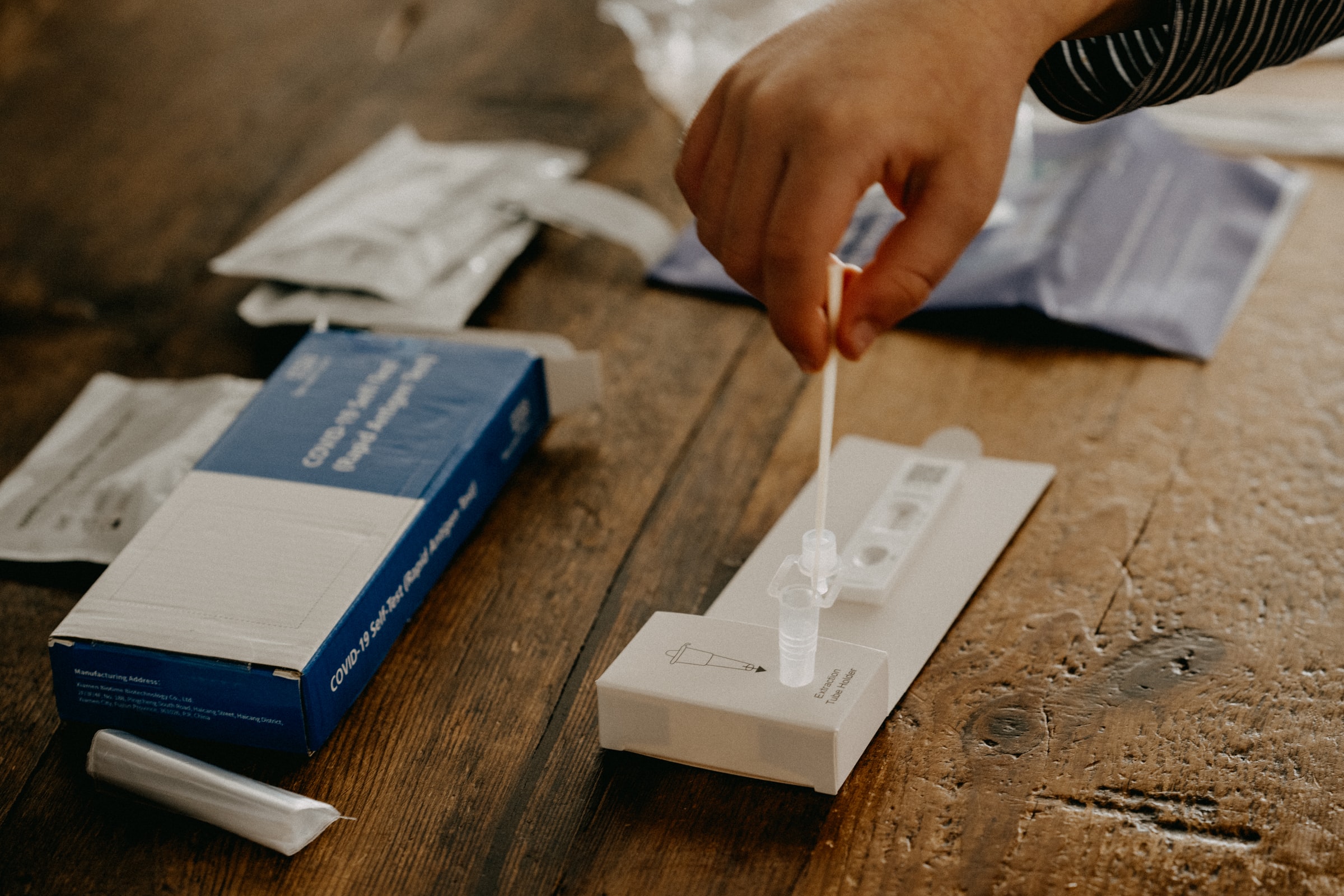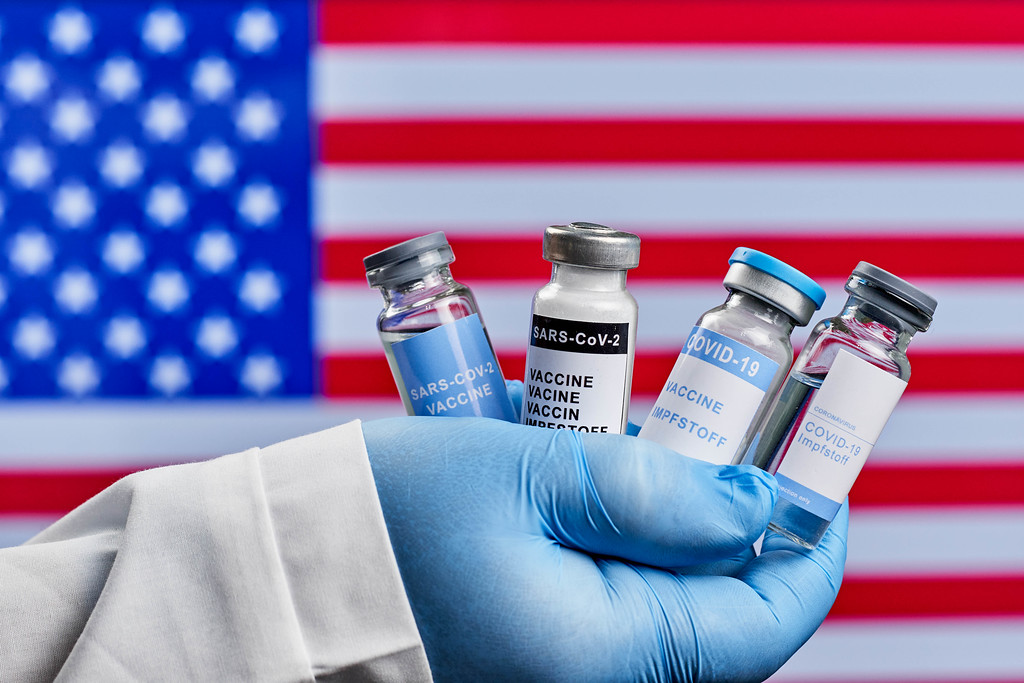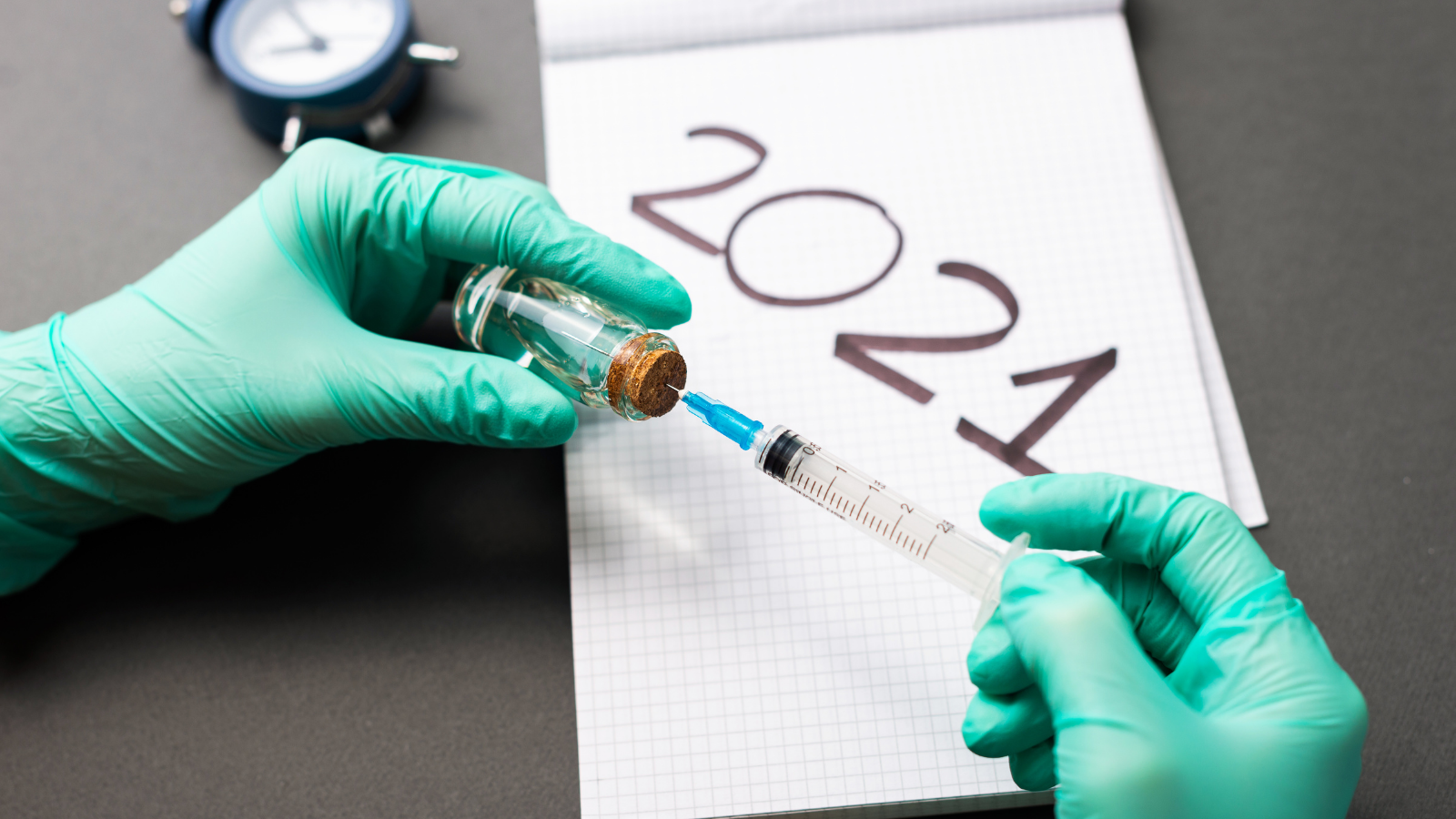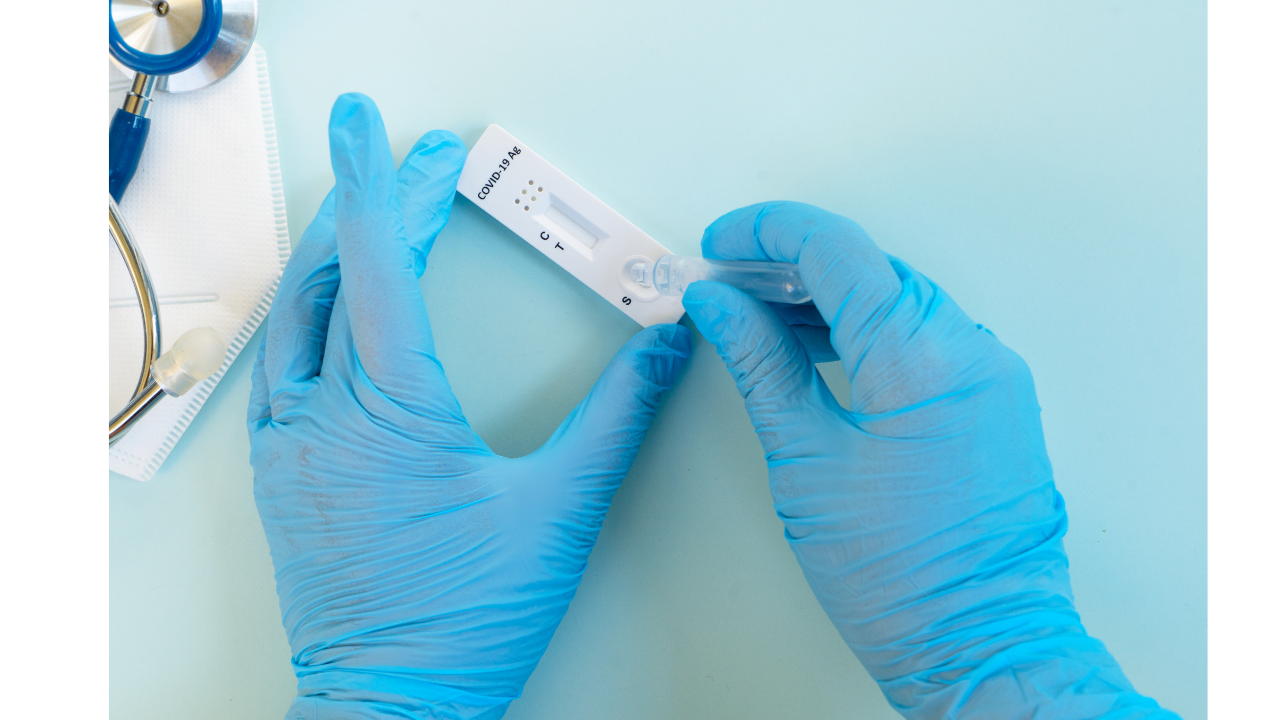
Leaders Pledge Surge of Resources for COVID, Preparedness
The Global Accountability Platform (COVID GAP) blog series. May 18, 2022 By Nellie Bristol The U.S. government, with co-hosts Germany, Indonesia, Belize, and Senegal, galvanized a much needed blast of attention and resources toward the coronavirus pandemic and future preparedness at the second Global COVID-19 Summit May 12. In addition to new financial commitments totaling $3.2 billion, country leaders, philanthropists, private sector officials, and non-governmental organizations pledged policy changes, vaccine doses, health worker trainings, and dissemination of local lessons learned. The biggest winner was the newly conceptualized financial intermediary fund for pandemic preparedness and global health security to be housed at the World Bank, which received new pledges of $712 million, including an additional $200 million from the U.S. Other commitments to multilateral efforts supported the ACT-Accelerator, COVAX, and CEPI, though…


